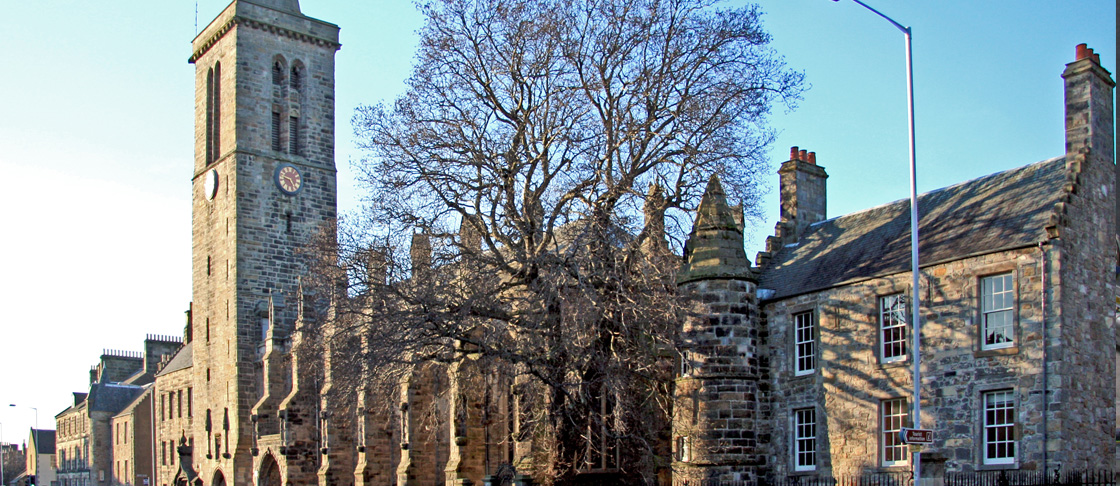
Award-winning data centre design and build at the University of St Andrews. The old ICT infrastructure and approach was not always fit for purpose in an era of growing organisational dependence on IT, the demand for innovative service delivery and value for money.
THE BRIEF
University of St Andrews were awarded a grant from Salix to help build a new high efficiency “green” data centre. This project is part of a larger campus development scheme and will provide the critical IT infrastructure needed to maintain St Andrews status as the world leading university.
The University required a data centre that could support up to 12kW in any cabinet and an average IT load of 9.6kW per cabinet, providing a flexible and dynamic infrastructure platform, with class leading energy efficiency and 99.99% uptime with maintainability of major plant items.
CHALLENGES AND CONSTRAINTS
The utilisation of the data centre on day one was to be less than 25%, however the data centre had to have a PUE of better than 1.45. Although utilisation would be gradual due to budgets, all the infrastructure for the final day had to be installed on day one, rather than using a phased approach.
The new data centre build is located within 100 meters of the sea. This means there is a very high saline content in the air precluding the use of direct fresh air cooling. Also the area designated for the data centre build was two disused squash courts. This area had to contain all cabinets, UPS, AHUs, generator, network room, build room, external plant and entrance lobby, therefore space was a constraint.
THE FUTURE-TECH SOLUTION
The Future-tech data centre solution has provided St Andrews with N+1 resilience on power and cooling and a PUE of 1.2. Along with this efficient cooling system, heat from the dry air coolers are used to help maintain the backup generators idle temperature, easing the load on the unit’s crank case heater, saving money and CO2. Although the energy consumption was a primary influencer in the data centre design there were further environmental factors such as noise and the status of the St Andrews Campus to take in to account. To keep noise from the dry air coolers and generator to a minimum they are housed within a small building with acoustic louvres either end. This allows the correct level of air flow through the space whilst providing acoustic protection to the surrounding area.
The data centre installation and supporting infrastructure took Future-tech fourteen weeks resulting in a facility that is energy efficient, sympathetic to its surroundings and is able to support the university for the next decade. The facility was awarded the CEEDA Gold Accreditation, the Data Centre Dynamics Innovation IT Optimisation Award and Uptime Institute Special Recognition. Future-tech continues to work with the University of St. Andrews providing PPM Maintenance and Optimisation Services.

